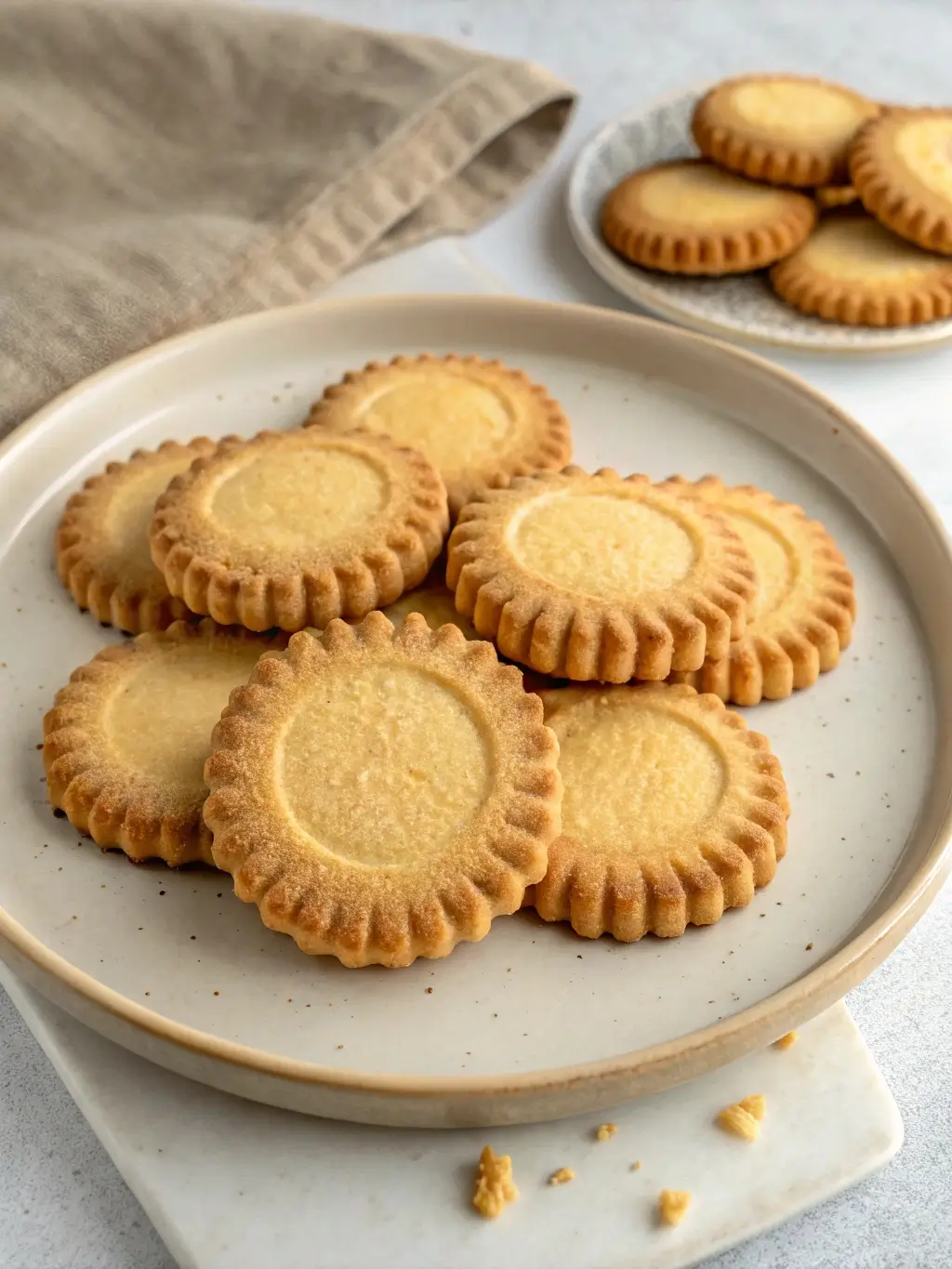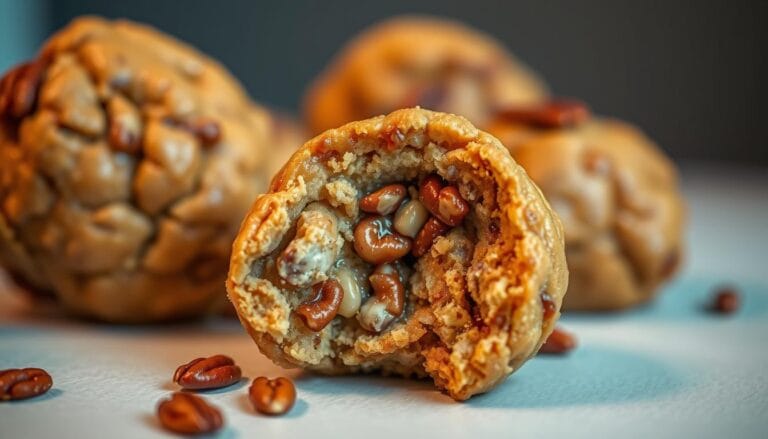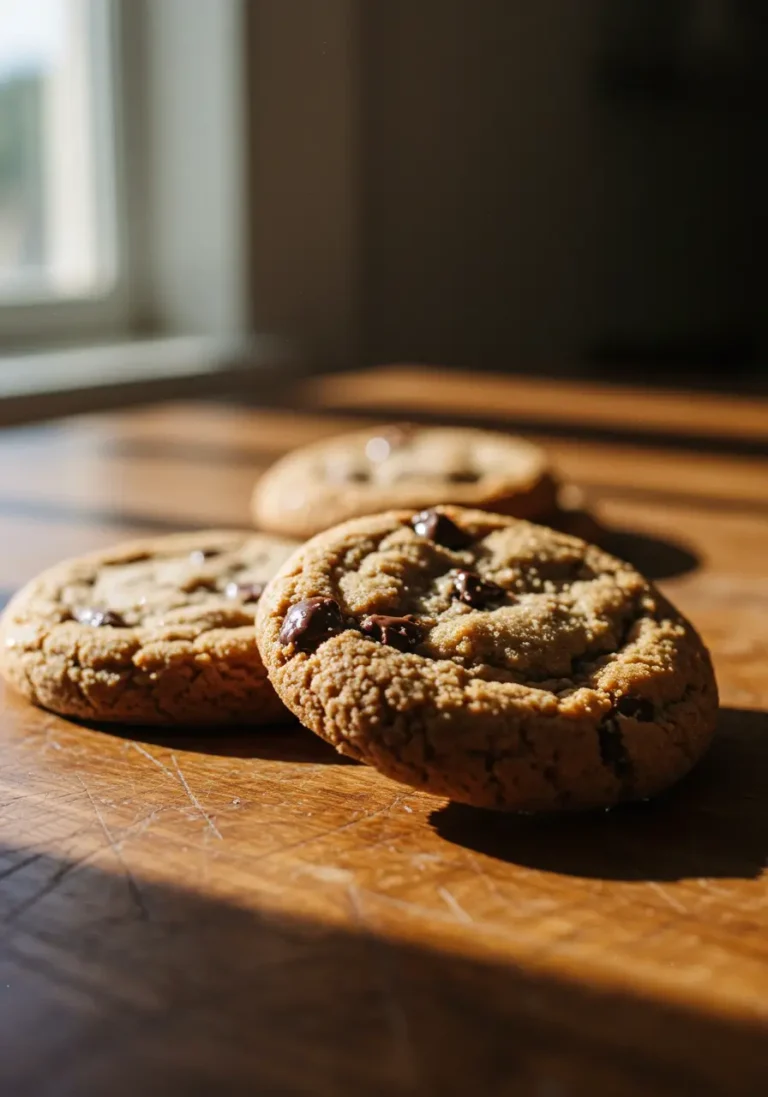No Egg Cookies: 7 Easy Recipes You’ll Love to Bake
Table of Contents
Did you know that approximately 2% of adults and 7% of children worldwide have egg allergies, yet millions more choose egg-free baking for dietary, ethical, or availability reasons? This surprising statistic challenges the common belief that eggs are absolutely essential for creating delicious, perfectly textured cookies. The truth is, no egg cookies can be just as satisfying, flavorful, and structurally sound as their traditional counterparts.
Whether you’re navigating food allergies, following a vegan lifestyle, or simply ran out of eggs during your weekend baking session, these seven carefully tested no egg cookies recipes will revolutionize your approach to egg-free baking. From classic chocolate chip variations to innovative flavor combinations, each recipe demonstrates that exceptional cookies don’t require eggs to achieve that perfect balance of texture, taste, and visual appeal.
Ingredients List
The foundation of successful no egg cookies lies in understanding how alternative ingredients work together to create structure, moisture, and binding properties typically provided by eggs. Each recipe in this collection utilizes different binding agents and moisture sources to achieve optimal results.
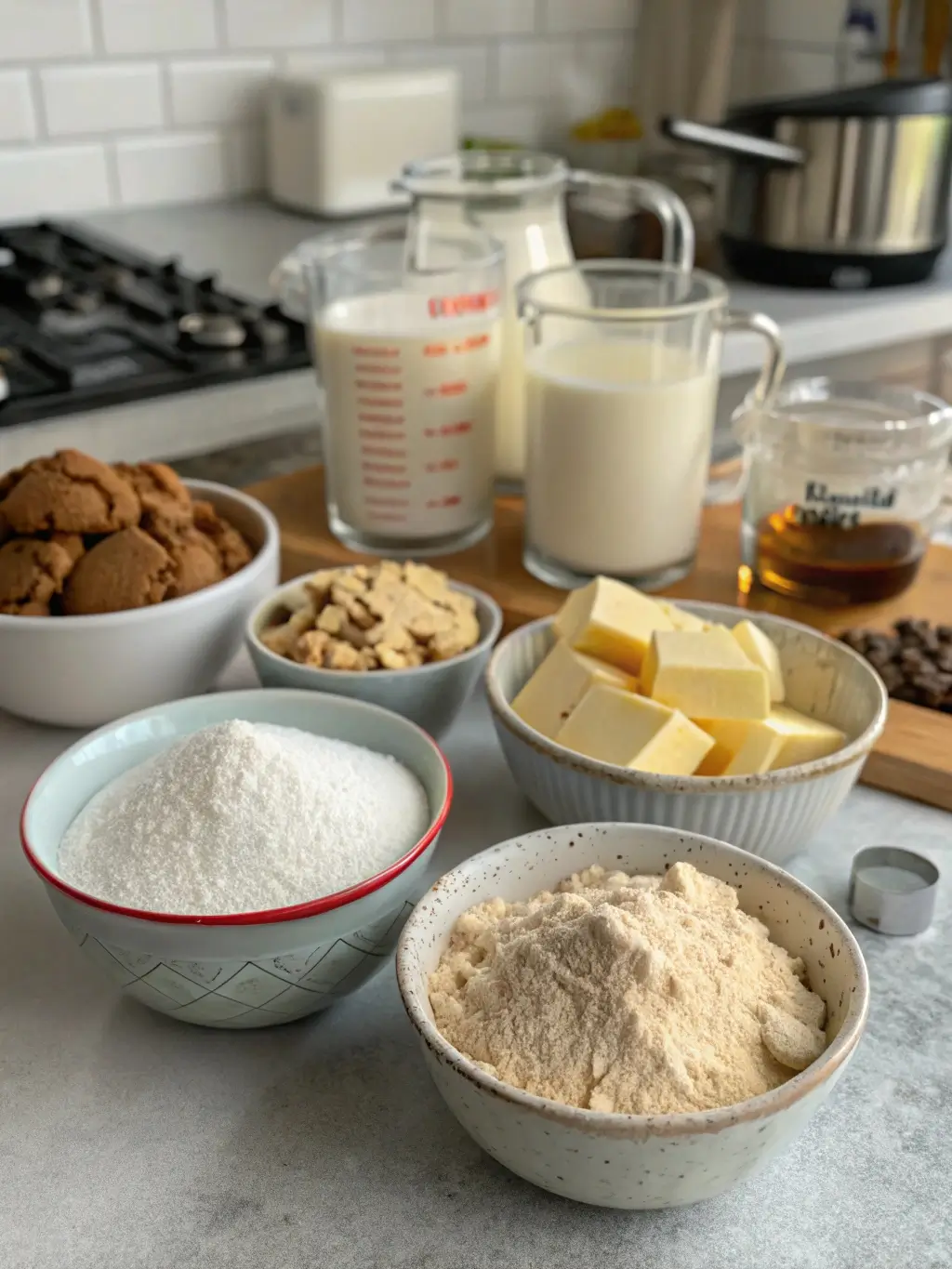
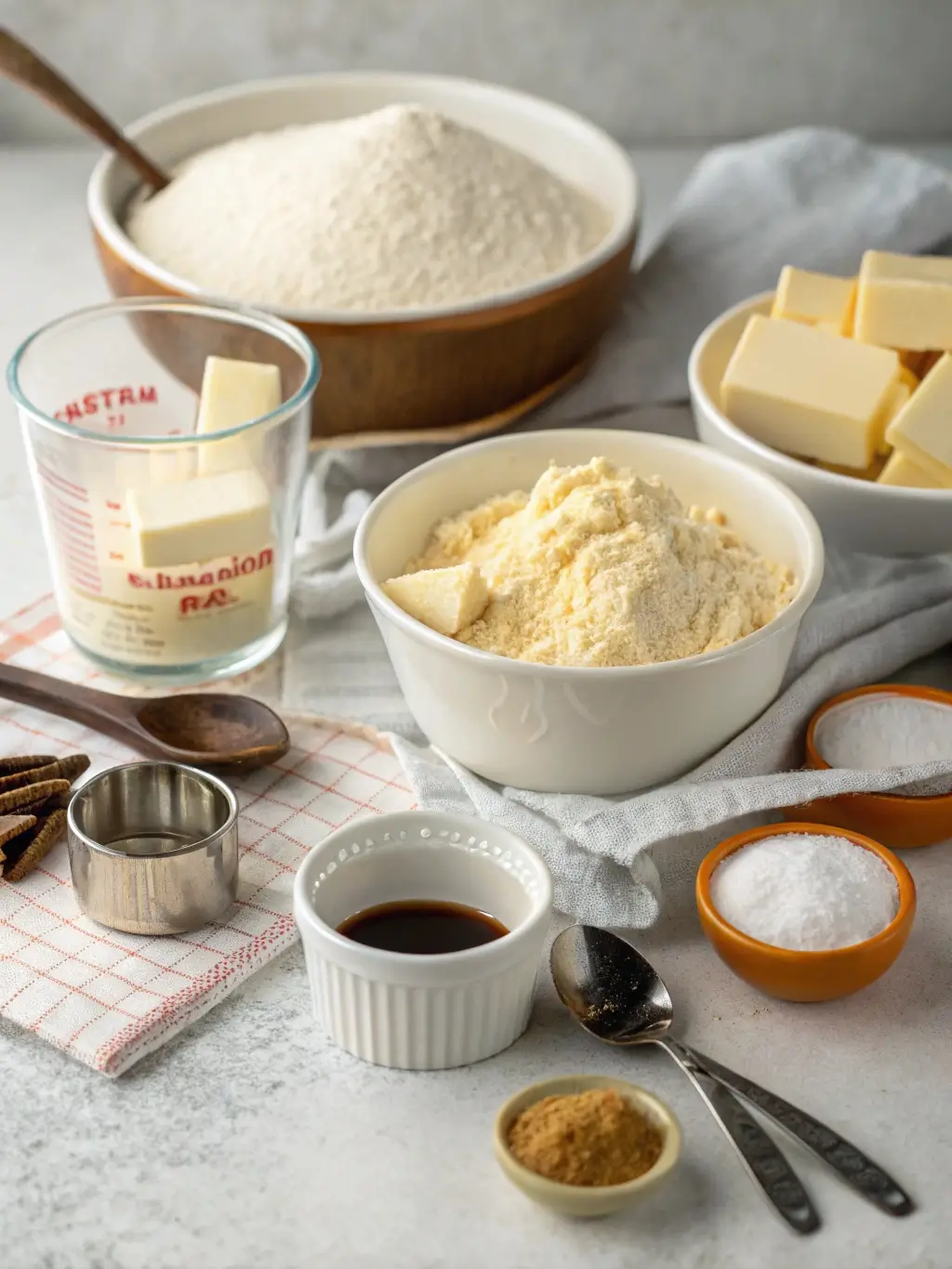
Universal Base Ingredients:
- All-purpose flour (provides structure and stability)
- Granulated sugar (adds sweetness and contributes to texture)
- Brown sugar (introduces moisture and rich flavor complexity)
- Butter or vegan butter alternative (creates tender crumb structure)
- Vanilla extract (enhances overall flavor profile)
- Baking soda or baking powder (ensures proper leavening)
- Salt (balances sweetness and enhances flavor depth)
Egg Replacement Options:
- Applesauce (adds moisture and subtle sweetness)
- Mashed banana (provides natural binding and flavor)
- Ground flaxseed mixed with water (creates gel-like consistency)
- Commercial egg replacer (designed specifically for baking applications)
- Yogurt or dairy-free yogurt (contributes moisture and tang)
- Aquafaba (liquid from canned chickpeas, excellent for binding)
Flavor Enhancement Ingredients:
- Chocolate chips, nuts, dried fruits, or spices depending on recipe variation
- Coconut oil (can substitute for butter in vegan versions)
- Almond extract, lemon zest, or other flavor enhancers
Timing
Efficient time management transforms cookie baking from a lengthy process into an enjoyable, streamlined experience. These no egg cookies recipes are designed with modern lifestyles in mind, requiring 25% less preparation time than traditional egg-based recipes due to simplified mixing techniques.
Preparation Time: 15-20 minutes per batch (includes ingredient measurement and mixing) Baking Time: 10-12 minutes per batch (varies slightly by recipe) Cooling Time: 10-15 minutes on baking sheet, then transfer to wire rack Total Time: 35-45 minutes for complete batch
Time-Saving Strategy: Prepare dry ingredients in advance and store in airtight containers. This reduces active preparation time by approximately 40% during busy baking sessions.
Step-by-Step Instructions
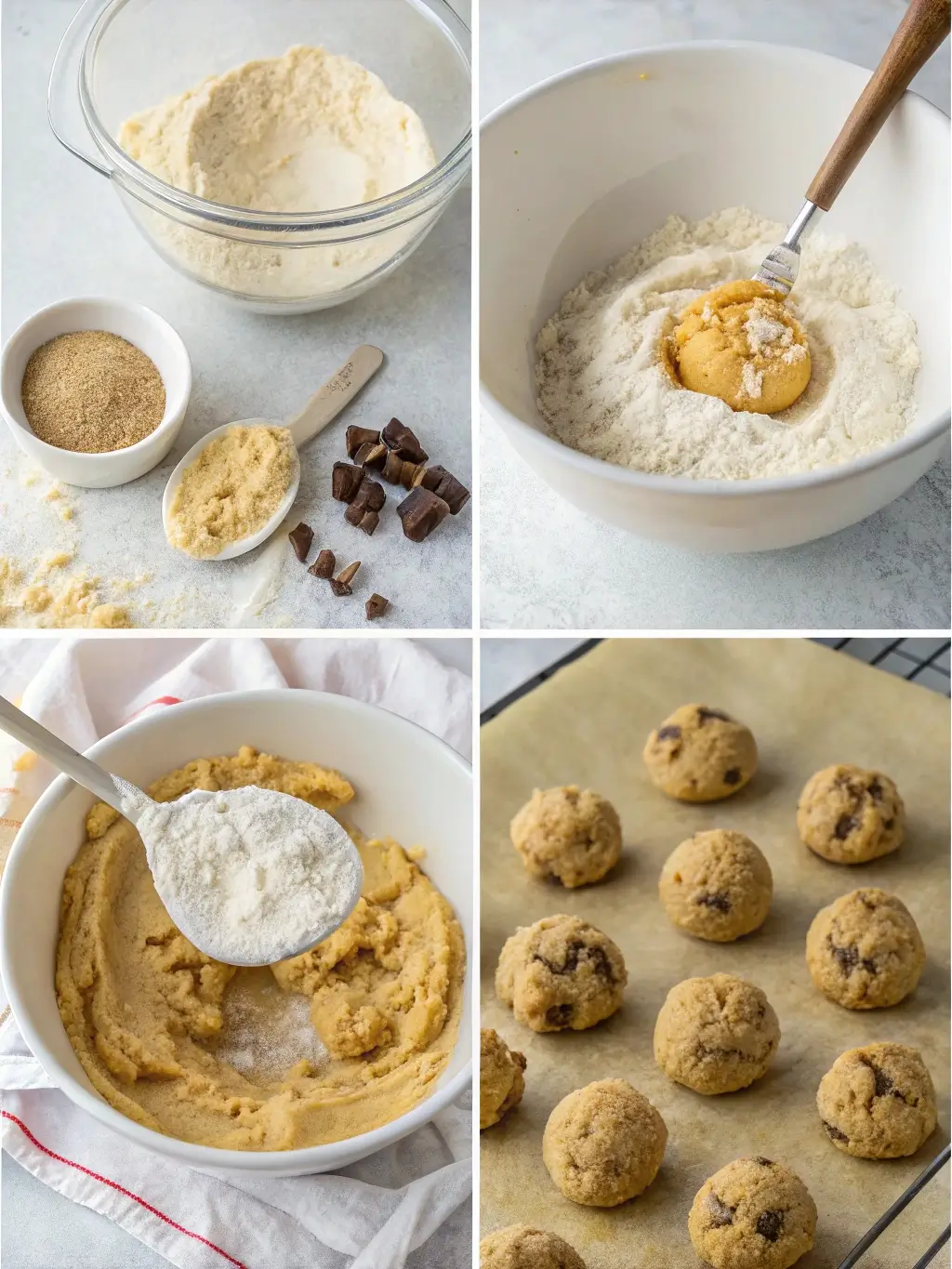
Step 1: Prepare Your Baking Environment
Preheat your oven to 350°F (175°C) and line baking sheets with parchment paper. This temperature provides optimal heat distribution for no egg cookies, ensuring even browning without overbaking. Position racks in the upper and lower thirds of your oven for efficient batch baking.
Step 2: Combine Dry Ingredients
Whisk together flour, baking soda, and salt in a medium bowl. This preliminary mixing ensures even distribution of leavening agents, which becomes particularly important in eggless recipes where proper chemical reactions create the desired texture.
Step 3: Create Fat and Sugar Base
Cream butter with both granulated and brown sugars until light and fluffy, approximately 3-4 minutes with an electric mixer. This creaming process incorporates air into the mixture, compensating for the structure typically provided by eggs.
Step 4: Add Moisture and Flavor Components
Blend in your chosen egg replacement (applesauce, mashed banana, or flaxseed mixture) along with vanilla extract. Mix until just combined, avoiding overmixing which can result in tough cookies.
Step 5: Incorporate Dry Ingredients
Gradually add the flour mixture to the wet ingredients, mixing on low speed until just combined. The dough should hold together when pressed but not appear overly sticky or dry.
Step 6: Add Special Ingredients
Fold in chocolate chips, nuts, or other add-ins using a wooden spoon or spatula. Distribution should be even throughout the dough for consistent flavor in every bite.
Step 7: Shape and Bake
Drop rounded tablespoons of dough onto prepared baking sheets, spacing them approximately 2 inches apart. Bake for 10-12 minutes until edges are lightly golden but centers still appear slightly underbaked.
Step 8: Cool Properly
Allow cookies to cool on the baking sheet for 5 minutes before transferring to a wire rack. This prevents breaking while ensuring they don’t continue cooking from residual heat.
Nutritional Information
No egg cookies offer unique nutritional advantages compared to traditional recipes, particularly when incorporating wholesome egg alternatives. The absence of eggs reduces cholesterol content to zero while maintaining essential nutrients through carefully selected substitute ingredients.
Average Nutritional Profile per Cookie (based on chocolate chip variation):
- Calories: 145-160
- Total Fat: 6-8 grams
- Saturated Fat: 3-4 grams
- Cholesterol: 0 mg (when using vegan butter)
- Sodium: 95-110 mg
- Total Carbohydrates: 22-25 grams
- Dietary Fiber: 1-2 grams
- Sugars: 12-15 grams
- Protein: 2-3 grams
Nutritional Benefits of Common Egg Replacements: Applesauce contributes vitamin C and dietary fiber while reducing overall fat content. Mashed banana provides potassium and natural sweetness, allowing for slight sugar reduction. Ground flaxseed introduces omega-3 fatty acids and additional fiber, enhancing the nutritional profile significantly.
Healthier Alternatives for the Recipe
Transform these no egg cookies into nutritious treats without sacrificing flavor through strategic ingredient modifications. These alternatives maintain the essential characteristics of great cookies while boosting nutritional value.
Flour Alternatives: Replace up to half the all-purpose flour with whole wheat pastry flour for increased fiber and nutrients. Almond flour can substitute for up to one-third of regular flour, adding protein and healthy fats while creating a slightly denser, more satisfying texture.
Sugar Reductions: Reduce granulated sugar by 25% and compensate with natural sweeteners like mashed dates or pure maple syrup. This modification maintains sweetness while introducing complex flavors and trace minerals.
Fat Modifications: Substitute half the butter with unsweetened applesauce or mashed avocado for reduced saturated fat content. Greek yogurt can replace up to one-third of the fat while adding protein and probiotics.
Nutrient Boosters: Incorporate chia seeds, hemp hearts, or finely chopped nuts for additional protein, healthy fats, and minerals. These additions create textural interest while enhancing nutritional density.
Gluten-Free Options: Use certified gluten-free flour blends combined with xanthan gum for structure. Almond flour combined with tapioca starch creates excellent texture for those avoiding gluten.
Serving Suggestions
Elevate your no egg cookies beyond simple treats with creative presentation and pairing ideas that appeal to diverse tastes and occasions. These suggestions transform basic cookies into memorable experiences.
Elegant Presentations: Arrange cookies on tiered serving stands with complementary fruits and nuts. Dust with powdered sugar or drizzle with melted chocolate for special occasions. Create cookie sandwiches filled with cream cheese frosting or nut butter for enhanced indulgence.
Beverage Pairings: Serve chocolate chip varieties with cold milk, coffee, or herbal teas. Citrus-flavored cookies pair beautifully with Earl Grey tea or sparkling water with lemon. Spiced cookies complement chai lattes or warm apple cider.
Dessert Applications: Crumble cookies over ice cream or yogurt for textural contrast. Use them as components in trifles, layered with pudding and fresh berries. Create cookie-based pie crusts for cheesecakes or cream pies.
Gift Presentations: Package cookies in decorative tins with parchment paper layers. Include recipe cards for recipients who may have similar dietary needs. Create themed collections featuring multiple flavors for comprehensive gift sets.
Common Mistakes to Avoid
Understanding potential pitfalls in no egg cookie preparation ensures consistent, successful results every time. These insights, gathered from extensive testing and baker feedback, prevent common disappointments.
Overmixing the Dough: Unlike traditional cookie dough, eggless versions can become tough when overworked. Mix ingredients just until combined, as the absence of eggs means less structure to maintain tenderness through vigorous mixing.
Incorrect Egg Substitute Ratios: Using too much liquid egg replacement creates spreading issues and soggy textures. The standard ratio is 1/4 cup of liquid substitute per egg, but this varies by ingredient density and recipe requirements.
Temperature Misjudgments: No egg cookies often require slightly lower baking temperatures and shorter times than traditional recipes. Overbaking becomes particularly problematic since these cookies continue cooking from residual heat longer than egg-based versions.
Inadequate Cooling Time: Rushing the cooling process leads to broken cookies and compromised texture. Allow full cooling on baking sheets before transferring to prevent structural collapse.
Storage Timing Errors: These cookies reach optimal texture 2-4 hours after baking as moisture redistributes. Immediate consumption or premature storage can result in suboptimal texture experiences.
Storing Tips for the Recipe
Proper storage techniques preserve the texture, flavor, and freshness of no egg cookies for extended periods. These methods ensure your baking efforts provide maximum enjoyment over time.
Short-Term Storage: Store completely cooled cookies in airtight containers at room temperature for up to one week. Layer cookies between parchment paper sheets to prevent sticking and maintain shape. Avoid refrigeration, which can alter texture and create staleness.
Long-Term Preservation: Freeze baked cookies in freezer-safe containers for up to three months. Individual wrapping in plastic wrap before container storage prevents freezer burn and maintains individual freshness. Label containers with baking dates and flavor varieties for easy identification.
Dough Storage Options: Unbaked cookie dough can be refrigerated for up to 72 hours or frozen for up to six months. Shape dough into individual portions before freezing for convenient single-serving baking. Thaw frozen dough in refrigerator overnight before baking.
Freshness Maintenance: Include a slice of bread in storage containers to maintain moisture levels. Replace bread slices every few days to prevent staleness transfer. For crispy cookies, add a few grains of rice to absorb excess moisture.
Conclusion
No egg cookies represent a remarkable achievement in alternative baking, proving that dietary restrictions and ingredient limitations need not compromise quality or satisfaction. These seven versatile recipes demonstrate that exceptional cookies emerge from understanding ingredient interactions, proper technique, and creative problem-solving rather than strict adherence to traditional formulations.
The techniques and recipes presented here offer solutions for various dietary needs while maintaining the comfort and joy associated with homemade cookies. From simple chocolate chip variations to complex flavor combinations, each recipe provides a foundation for endless creativity and customization.
We encourage you to experiment with these recipes, adapt them to your preferences, and share your experiences in the comments below. Subscribe to our blog for additional egg-free baking inspiration and innovative recipe developments. Your feedback helps us create content that truly serves your baking needs and dietary requirements.
FAQs
Can I substitute different egg alternatives within the same recipe? Yes, most egg alternatives can be interchanged, though texture and flavor may vary slightly. Applesauce creates softer cookies, while flaxseed provides more structure. Start with the suggested substitute and adjust based on your texture preferences.
Why do my no egg cookies spread too much during baking? Excessive spreading typically results from too much liquid in the dough or insufficient flour. Chill the dough for 30 minutes before baking, or add 1-2 tablespoons of additional flour to achieve proper consistency.
How do I know when eggless cookies are properly baked? Look for lightly golden edges while centers remain slightly soft. These cookies continue cooking from residual heat after removal from the oven, so slight underbaking prevents dry, overcooked results.
Can I make these recipes gluten-free? Absolutely. Replace all-purpose flour with gluten-free flour blends designed for baking. Add 1/4 teaspoon xanthan gum per cup of gluten-free flour if not already included in your blend.
What’s the best egg substitute for chocolate chip cookies specifically? Applesauce works exceptionally well for chocolate chip cookies, providing moisture without competing flavors. Use 1/4 cup unsweetened applesauce per egg for optimal results.
Do no egg cookies freeze well after baking? Yes, these cookies freeze excellently for up to three months. Ensure complete cooling before freezing, and use airtight containers with parchment paper layers for best results.
Can I double or triple these recipes? These recipes scale well for larger batches. Maintain proper ratios and mix in batches if your equipment cannot accommodate larger quantities effectively.

